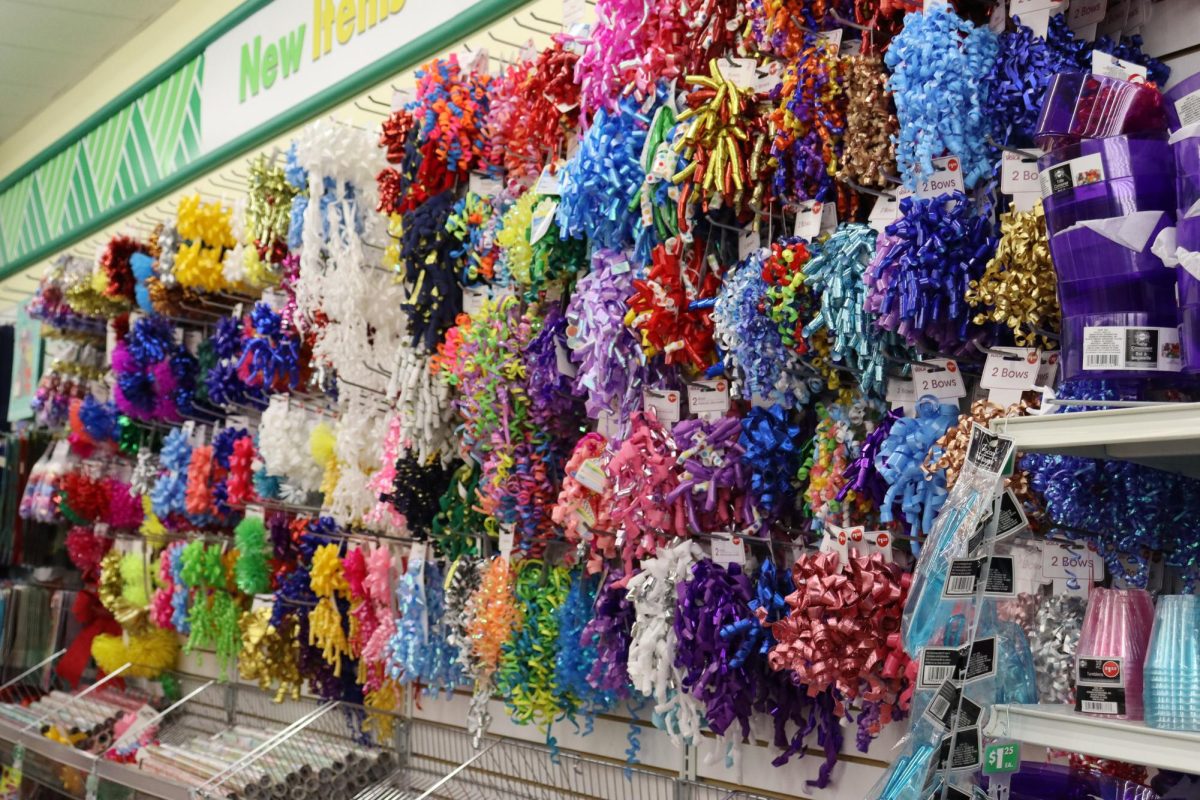The rising generation of kids, Generation Alpha, has grown up very differently than any other generation in the history of the world. These young children have had even more access to the internet, at an even younger age than our current high school generation, Generation Z. Many parents of this new generation have allowed their kids to have access to social media platforms such as Instagram and TikTok without, or with very little, supervision.
With children being exposed to social media at such a young age, they are exposed to more mature content intended for older audiences. This can lead to children and young teens wanting to grow up quicker than they should. These kids were born into the age of easily consumable content and rapid-moving micro trends.
Gen Alpha children have become culturally adapted consumers because of their access to the internet and, most importantly, influencers. This makes them more susceptible to following clothing, makeup, and overall product trends, even if the trends don’t align with their age group. Kids are very impressionable and easily influenced so when they are mostly watching young adults and influencers they feel the need to fit in with that age group.
On one hand, makeup can be used as a form of self expression and a fun way for children to be introduced into the world of beauty. However some argue that giving kids access to makeup makes them notice insecurities too early in their childhood years. Although it is fun for kids to be able to play dress up, it is good for parents to be mindful about the effects of what they are allowing.
Social media influencers make content with popular products which in turn makes people want to buy these ‘it’ products. Brand even pay influencers to use their products to review and promote them online. These sneaky advertisements are more abundant than most people expect.
The most popular brands have bright packaging and fun names that make kids want to collect the pricey products. Buzz word trends such as “skincare smoothies” and “get ready with me” encourage kids to purchase the products, or convince their parents to purchase them, so they can participate in the trends.
The biggest brands such as Justice and Claire’s that are intended for older children and young teens have slowly been going out of style. Kids have been turning to makeup stores like Sephora and Ulta because they are the ones being prominently advertised on social media. The stores that Gen Z loved growing up aren’t seen as luxury like they used to. Now, Justice products have started being sold at Walmart, and Claire’s products are being sold at Safeway. Not only are these companies being sold at grocery stores but they are also being sold at a much cheaper price.
Sephora employees have noticed an increase of children coming into the stores unattended and have spoken out about the inconveniences this has caused. Employees have been complaining about parents treating these stores like a daycare by dropping their kids off unsupervised. Tester stations have also started becoming a problem with kids coming in and destroying them–leaving a huge mess for employees to deal with.
Dermatologists are also concerned about the effects of children using skincare products
intended for adults. Although it may seem harmless now, the ingredients in anti-aging products are not recommended for children because it may have negative effects on the skin later down the road. Many popular products on the internet include retinols that are recommended for adults over 21 for treating wrinkles.
In the main makeup store chains, there are no warning labels or signs that indicate what age the products are intended for. It is good for parents to be mindful about what they are buying for their children and what they are allowed to watch on social media. Because social media is still fairly new to the world, it is interesting to see the effects on children growing up in the age of social media.




















